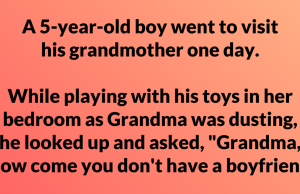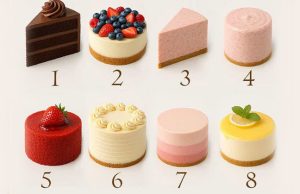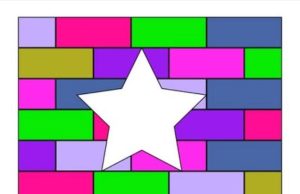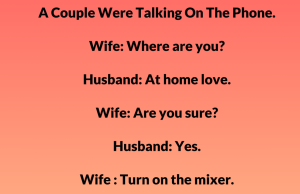
Have you ever come across a simple picture and wondered what it might say about you? Believe it or not, some psychologists and online personality enthusiasts claim that even the way you perceive shapes can provide insight into your personality traits. One intriguing example involves counting the number of squares in an image — something that might even hint at narcissistic tendencies.
Take a look at a simple figure: a large square divided into smaller squares. At first glance, it might seem straightforward, but the number of squares you notice immediately can reveal something interesting about how your mind works.
The Basic Idea
The test is simple: look at a grid or figure like the one in the image and try to count all the squares you see. While the basic grid may contain only nine small squares, it also includes larger squares formed by combining smaller ones. Many people only see the nine squares at first, while others might notice additional ones formed by overlapping sections.
The theory behind this test is rooted in attention to detail and pattern recognition. Individuals who see more squares at first glance tend to have a more analytical and methodical mindset. They notice subtleties and patterns that others might overlook. Those who see fewer squares might rely more on a holistic perspective, focusing on the bigger picture rather than individual details.
Narc:issism and Perception
So, how does this relate to narcissism? Researchers suggest that narcissistic traits can influence perception in subtle ways. Narcissists often exhibit a heightened sense of self-focus and attention to detail in situations where it benefits them. They may also overanalyze or look for structures that confirm their view of the world as orderly or under their control.
In the context of the squares test, the idea is that people who spot almost all the possible squares — including hidden combinations — might display higher levels of narcissistic thinking. It’s not a definitive diagnosis, of course, but a playful way to explore personality tendencies.
Why Some People See More Squares
Several factors influence how many squares a person perceives:
- Focus and Attention: Some individuals naturally pay more attention to detail and are more meticulous in observation.
- Cognitive Style: Analytical thinkers tend to break down visual information into smaller components, making them more likely to spot hidden patterns.
- Patience and Observation: Taking more time to study an image can reveal details that a quick glance might miss.
How to Try the Test
To perform this test yourself:
- Look at the square image and focus on the grid.
- Try to count all the small, medium, and larger squares formed within the grid.
- Don’t rush — sometimes taking a few moments helps you see patterns you initially missed.
- Remember, the test is more of a fun insight than a scientific evaluation. It’s a playful way to understand your attention to detail and how your brain processes visual information.
What the Results Could Mean
If you see all the squares immediately: You may have a highly analytical and detail-oriented personality, possibly with subtle narcissistic traits like confidence in your observations.
If you see only some squares: You might have a more holistic approach to thinking, focusing on the overall image rather than minute details.
If you struggle to find hidden squares: This could indicate a more relaxed, big-picture perspective, or simply a lack of interest in overanalyzing visual patterns.
Final Thoughts
While counting squares may not replace professional psychological assessments, it’s a fun and intriguing exercise to explore how your mind works. Whether you spot just the obvious squares or uncover hidden combinations, it’s a reminder that perception is personal, and everyone’s brain processes the world differently.
So, how many squares did you see? The answer might reveal more about your personality than you expected — and it’s a fun conversation starter too!


















